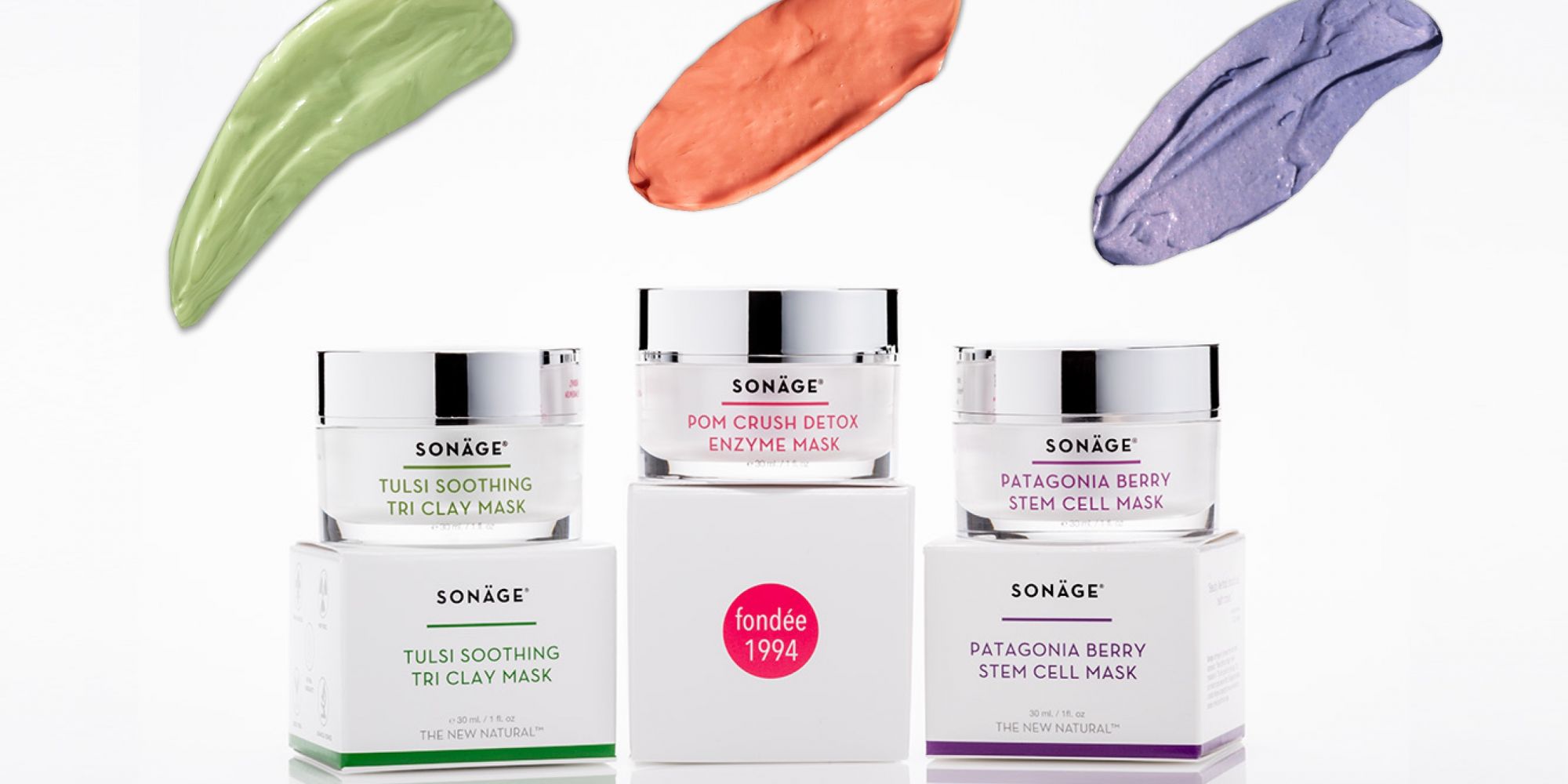
Sonäge Pushes Into Spas And Beyond With A Focus On Replenishment
Anisha Khanna, president and CEO of Sonäge, brings many of the lessons she learned from the 15 years she spent helping build Equinox to her current skincare endeavor. She zeroes in on customers returning to products regularly, getting them on a program to yield results, encouraging them to recommend items to others and not losing people to competitors or, in the case of gyms, the couch. “Every single day I ask, ‘How can we wow the consumer?’ That’s something that came to me from my previous life. Our membership model at Equinox was 70% referral,” says Khanna. “If someone is inspired to get another person to try something, a brand has won the battle.” Beauty Independent asked her to delve deeper into tracking replenishment, product missteps, challenges in the spa segment, Amazon predicaments, consumer confusion and understanding distribution.
Tell us about your background.
I grew up in India. I moved to New York in 1992 when I was 19 to go to school. Within the first year I was in New York, my body ballooned. I had abnormal weight gain. My immune system was shot. I was constantly breaking out. Everyone around me made me think that I had a disease, that there was something wrong with me. I adopted that mentality and visited doctors and specialists. I was on a roller coaster for a year, and no one could find what was wrong with me.
During that time, I started working at a family-owned fitness club that was opening a fourth location in New York. My boss was one of the founders of Equinox, Lavinia Errico. She was interested in holistic living. It’s what we call wellness now, but, at the time, it was considered crazy talk. It made me realize that my body was in complete shock. I eventually got my health back, and it was an eye-opener for me. I became immersed in the culture of Equinox. I stayed at the company for 15 years, and we were at 52 locations when I eventually left.
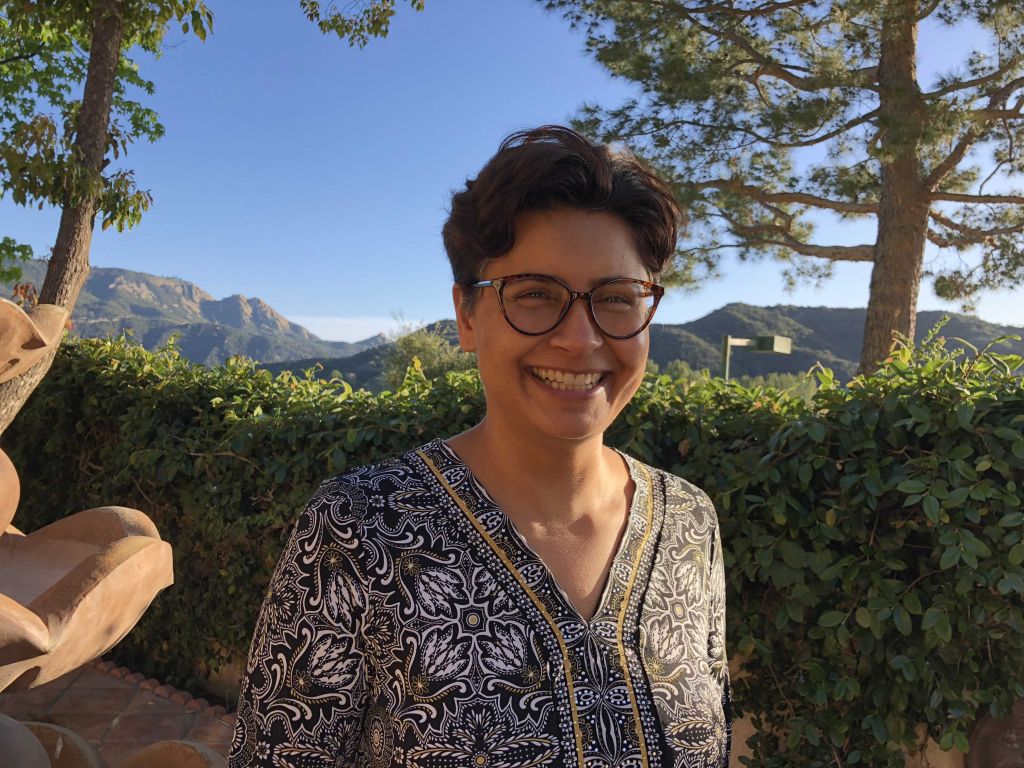
What led to you being at the helm of Sonäge?
I relocated to L.A. I clearly remember, it was Christmas of 2013, and it was 80 degrees. I spent a couple of weeks in the sun and on the beach. In early January, I looked in the mirror, and I had brown spots all over my face. That had never happened to me before, and I didn’t know what it was. If I was a typical consumer, I may have run to a dermatologist, but I’m always looking for alternatives. Someone had recommended an aesthetician and, when I went, I was sent home with two jars of Sonäge. Within three to four weeks, my spots were considerably lighter. I started doing research and learned the products’ base was botanical. I was looking for what’s next, and that really spoke to me. Within a year, I took over the company.
What happened from there?
I came to Sonäge as a consumer, and it has become my life. This was 2014, and the brand was completely in the pro channel at that point. It’s a results-oriented, efficacious brand, and consumers are looking for natural alternatives for their concerns. My vision was to bring this spa brand into the consumer space. It has a lot of heritage. It had been around since 1994, so needed some TLC. The formulations had to be updated. We collaborated with the Environmental Working Group and followed their rating scale. I’m very proud of the fact that all Sonäge products are safe and nontoxic according to the EWG scale.
How much money did it take to rebrand Sonäge?
We spent about $500,000 to take over and revamp the brand.
When did the brand become profitable?
We were profitable in 2017. We have a pretty good grip on our cost of goods as it relates to our retail price, which will only get better as we get more volume. We are a growing brand, and our overhead is considerable, but we are proud we did end the year with a little bit of profit.
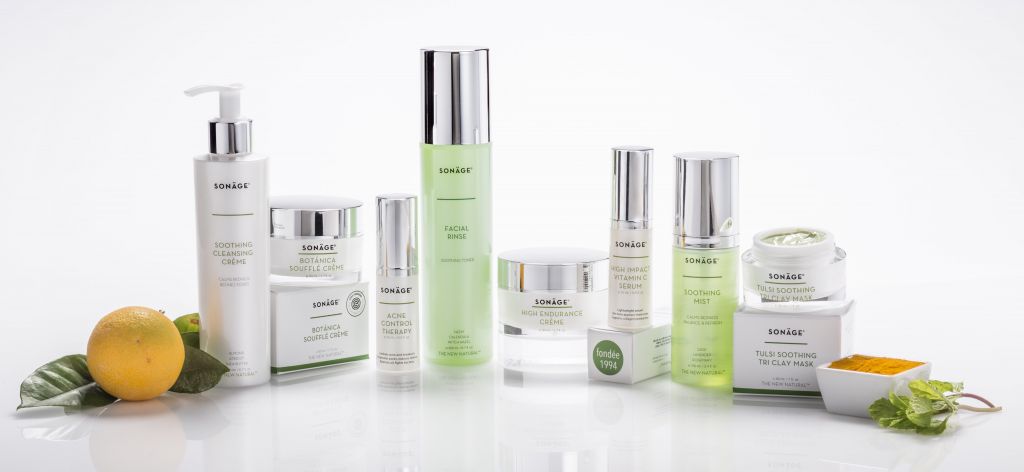
Who is the Sonäge’s target customer?
The target customer is me. It’s someone who is struggling with a concern, whether it’s dark spots, fine lines or breakouts, and is looking for a natural choice. If you are looking for a natural choice, we want to be that choice for you. An interesting trend that we have noticed in our direct-to-consumer business is demand from millennial customers for our antiaging line. We never planned for 25-year-olds to be buying the antiaging line. It’s something that happened organically. That segment is adopting a preventative routine.
Where is the brand sold now?
We are primarily a spa brand. We are in 600 spas across the country and are about 70% spa. Our direct-to-consumer business is what’s growing the fastest. It has grown [by a factor of] 2.5 in the last eighteen months. We launched our first retail partner last year in Pharmaca. They have been a really supportive partner and have helped validate our retail strategy. It’s one thing when an aesthetician is recommending a brand, and it’s another when it’s sitting on a shelf. It’s really helped us identify our 10 to 12 top sellers.
What is the retail strategy?
It’s twofold. In e-commerce, our focus is owning the relationship with the end consumer. That’s the Holy Grail. We launched a new mobile-friendly website that’s easy to shop. We pride ourselves on 110% satisfaction and same-day fulfillment. In the office, we celebrate five-star reviews, and we spend a lot of time creating long-form content such as blog posts and how-to videos as well as in-person consultations. We are supporting online with offline. As a Sonäge customer, you can request complimentary samples to be send to a friend or family member. We are really focused on referrals. FabFitFun helps the discovery process, which drives traffic and sales to our website. The retail side is still developing. Is it grocery store or is it core beauty? We are having the conversations and seeing what feels right, and I don’t think we are there yet.
What are some of the bestselling products?
Here’s an interesting story. In our spas, Sonäge has the product Harmony Glycopolymer Solution. Historically, we sold it as a toner. We started getting feedback from customers that they’d like to see it in a pad. So, we launched Glow To Go Glycolic Acid Peel Pads, and it was an instant success. It’s a quick refresh for your skin, and it’s for everyone. It’s a top seller even though it didn’t exist in the line a year or so ago. We listened to consumer demand and followed through.
We have had a lot of success with masks, and that happened really by accident. We launched Patagonia Berry Stem Cell Mask, and it lives in our purple line for aging skin. It tells a whole purple story, and we started noticing all of this user-generated content on social media around it. The color and the fun aspect drove the story. We also have an amazing Pom Crush Detox Enzyme Mask that’s pinkish red.
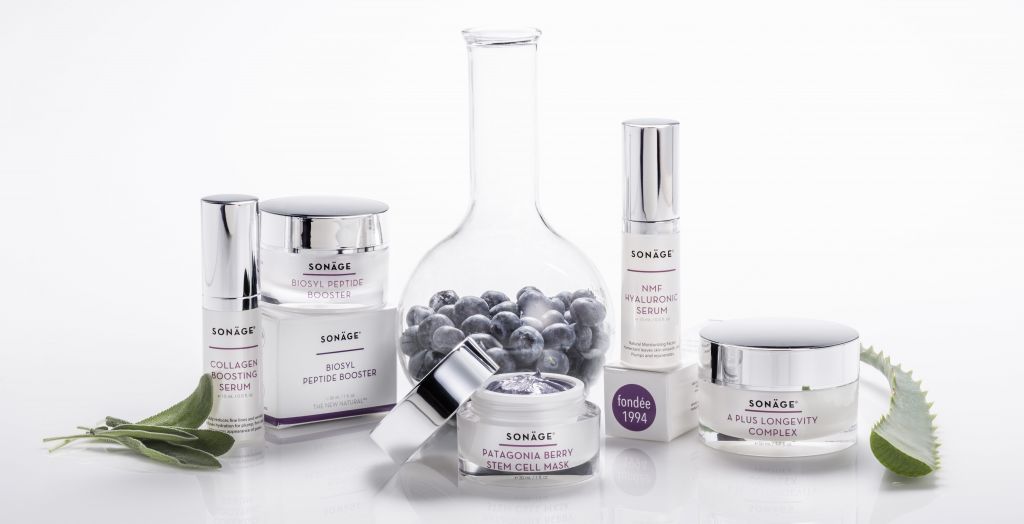
What challenges has the brand encountered in the spa market?
The professionals have been really slow to adopt natural, nontoxic skincare. You walk into an aesthetics conference, and it’s like natural doesn’t exist. We have spas that have a token natural facial on their menu. I compare it to restaurant menus in the 90s when you had one vegetarian option. That’s where spas are today, but consumers are demanding nontoxic products.
I just had a conversation with a spa director who is adding a pregnancy facial with Sonäge because, when women become pregnant, they’re really interested in natural products. But, at the moment, there’s a disconnect between the natural beauty market and what I call the pro market. We might be the only EWG brand in the pro market. There are hundreds of EWG brands in retail. It’s challenging, but, when they get there, we are waiting for them. It’s coming. We just don’t know if it’s weeks, months or years.
Pretend we are a spa. Give us a quick pitch on Sonäge.
Sonäge is a clean, clinical brand. It’s safe, and it works. We are at the convergence of health, preventative maintenance and beauty. The adaptogens in our formulations are mood-enhancing and stress-relieving. In our industry, our replenishment is extremely high. People see results, but they also love the feel and aromas of the products.
What have you found most difficult in building a beauty brand?
I’m going to talk about being a natural beauty brand. When I’m engaging with customers, there is so much misinformation. They’re so confused. When brands have organic in their names, what makes them organic? What’s natural versus organic? The greenwashing in the industry makes it so messy. I don’t have the answer to it, but it’s a challenge.
When we are dealing with vendors, ingredient sourcing can be challenging. We might need a pinch of a certain ingredient that we can’t do without because it’s integral to the formulation, but the vendor will have a 5-kilo minimum order for thousands of dollars. That’s painful for a small brand. It’s painful for two reasons: the investment and the waste. We are only going to use 5% to 10% of it, and we are discarding the rest. We are using a lot of unique, sophisticated ingredients, and we are creating our own challenge. That’s what makes us different, but it’s a hardship on the procurement side. When you are producing tens of thousands of units, you don’t have that problem.
Amazon, yes or no?
A couple of years ago, our business was negatively impacted by unauthorized sellers on Amazon. Our products would show up without our consent, and they were deeply discounted. Some of them might have been expired. A year ago, we decided to be our own seller on Amazon to control pricing, and our brand’s reputation and image. We have eliminated the unauthorized sellers.
That was a really big undertaking because you don’t know who they are. Employees had to purchase product from all these people to find out where they were coming from. We are now on constant watch to ensure there are no others. It was an important step, and I’m glad we did it. When I have conversations with spa owners and directors, they get it, but, initially, they might have said, “You are on Amazon. That might hurt us.” We share our story and turn it into a positive. Amazon isn’t going away, so you should really control your image on Amazon.
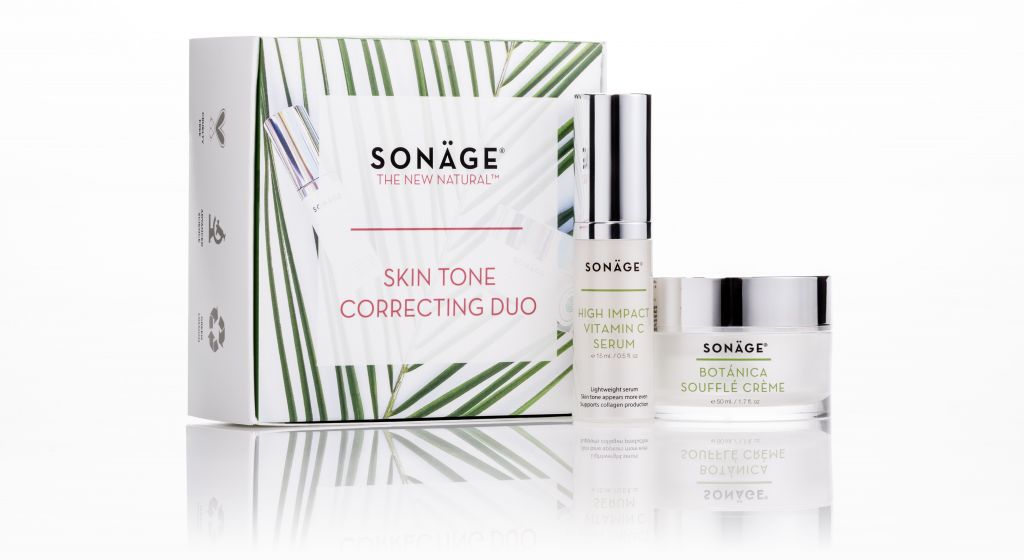
Do you think Amazon could hurt parts of your business?
Possibly, and let me tell you why. I will randomly see my personal friends and family place replenishment orders through Amazon. They are my personal friends and family, and I would ship them products for free. For a consumer, it’s convenient. They have Prime membership, and they know they are getting product in a day or two. That’s just how consumers shop. It was a big aha moment for me to realize that people aren’t even thinking about it. They’ll just purchase something a 11 at night that they ran out of on Amazon. That’s the world we live in. There’s no getting away from it.
What’s Sonäge’s price range, and how did you land on it?
Keeping pricing accessible is important to me. The range is $22 to $60. Our most expensive product is the Presage Moisturizer SPF 15, which is $60. I’m very aware that it is a consumable, and it’s important to me that clients regularly replenish. We can still be in business and have a really great quality product without charging $200. [With the revamp,] the packaging and ingredients were a little bit more money. We didn’t change our margins, but there was a little bit of a price increase. It was $2 here or there, and most consumers didn’t even think about it. We didn’t lose anyone.
You are extremely interested in replenishment. Do you carefully track metrics related to it?
Absolutely. I couldn’t even get anyone to build an attrition report for me in this industry. We had to build our own reporting models. What is the average time it takes for a consumer to reorder? At what point do you touch base with a customer, and when do you think you are losing them? I don’t read about a lot of brands in the beauty industry looking at that.
Have you fundraised for the brand?
We are currently self-funded, but we need to fundraise to achieve our growth plans in the next six to 12 months. The hardest part is to align the interests of a potential investor with your interests. At Equinox, I went through two sales. The first time was to private equity, and the second time was much, much better. A [financially-driven] three- or five-year plan can put so much stress on a management team. You have to have conversations with investors and explore options. You hope to make the right decision. I would prefer to have investors who obviously have great contacts and can help with a growth roadmap, but they’re not necessarily – and I use this term loosely – finance guys. It’s really about building relationships rather than dreading a board meeting every quarter.
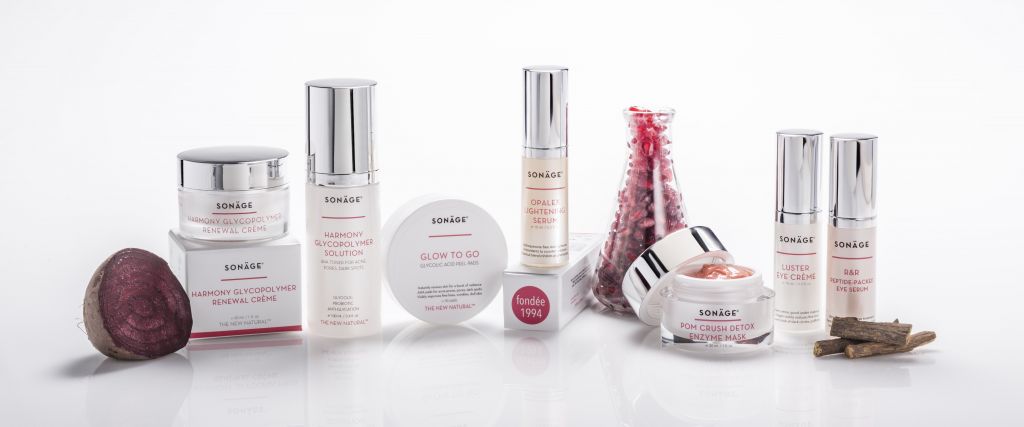
How big is Sonäge’s business?
Our business has doubled per year in the last two-and-a-half years since the relaunch. Our retail revenue is projected at between $2 million and $3 million this year.
What’s been the biggest product fail for you?
In the very early stages of my takeover, we were going through this herculean reformulation effort with our bestseller at the time, a moisturizer with SPF. The SPF used oxybenzone and, in keeping with our direction, we needed to replace that active ingredient with a mineral SPF: zinc or titanium dioxide. SPF is regulated by the F.D.A., and we had to go through very extensive testing. It was five times the cost of anything else we’ve done. The product launched and, overnight, it became the worst seller. It was like learning how to swim by getting thrown in the deep end. We had changed the texture. I had idea our clients loved the sunscreen because it was oil-based. We replaced it with a powder.
Before we make a change now, even if it is for consumers’ good, we launch an educational campaign and bring them on the journey, so they are excited. When the product finally launches, there’s an appetite for it. We went back to the SPF product and added more emollients in it. Two years later, we are still trying to win customers back. We’ve come a long way, though, and launched a new product that they love. It’s a moisturizer with SPF 30, and it’s doing really well. But I learned that, once people emotionally turn on something, winning them back and getting rid of the baggage can be hard.
Is there something else you’ve done that you would have rather skipped doing?
Sonäge is a day spa brand. Our plans commit to a series of progressive treatments to achieve a desired goal. For a while, I chased the resort business, which was a complete waste of time and resources. That’s definitely something I should have skipped. It’s a different customer and a different game.
What’s an item in your office that is precious to you?
I have a white Ganesh statue that symbolizes prosperity and happiness. It’s a focus point if you’re getting agitated or overwhelmed. It’s an easy way to meditate without closing your eyes.
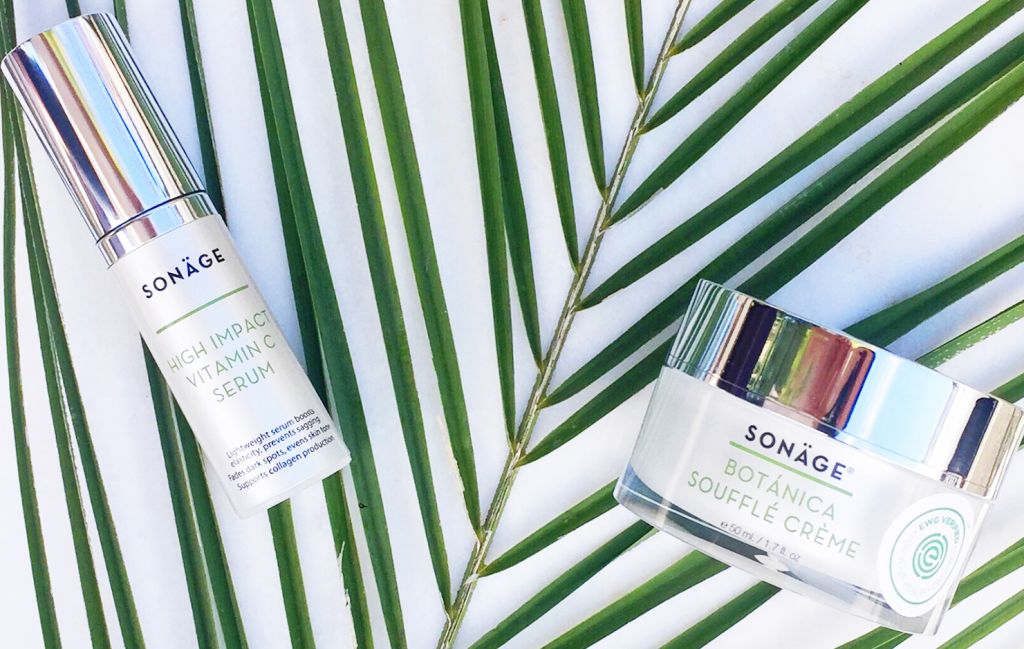
How do you embody your brand when you’re out in public?
I’ve very cognizant of the fact that I represent the brand at all times. I don’t think it’s just in public. You are being watched all the time. My employees may see any inconsistent behavior. Mindset is everything. Diet and exercise keeps me balanced. If I stay disciplined with my workout and food, everything else seems to fall into place.
What trend do you see rising in the spa market?
Consumers are coming back to the healing power of touch. The Sonäge facial and our heritage is European. It’s about layering and, if you have paid for a 60- to 90-minute facial, the aesthetician doesn’t leave the room. If you have a mask on your face, you’re getting a foot rub or the aesthetician’s hands are on your scalp. I have experienced being in a strange spa with my eyes covered, and the aesthetician leaves the room. I don’t know if she’s answering a text, and the experience can be scary. People really want to connect with another human. They are coming back to personal relationships instead of machines.



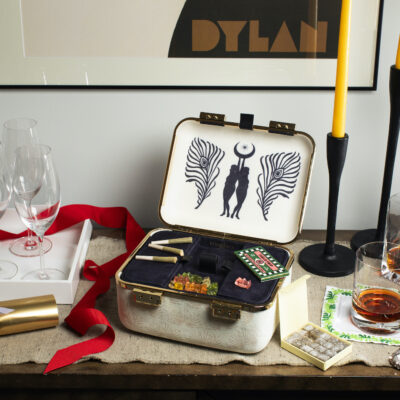
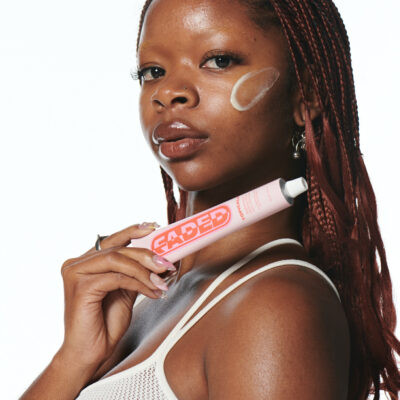
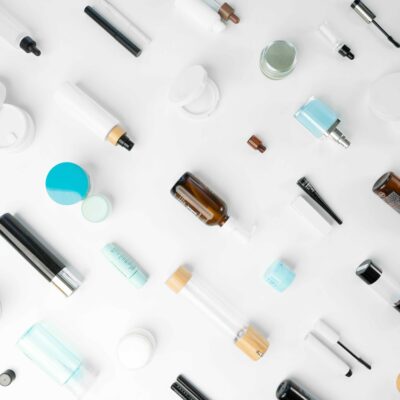
Leave a Reply
You must be logged in to post a comment.